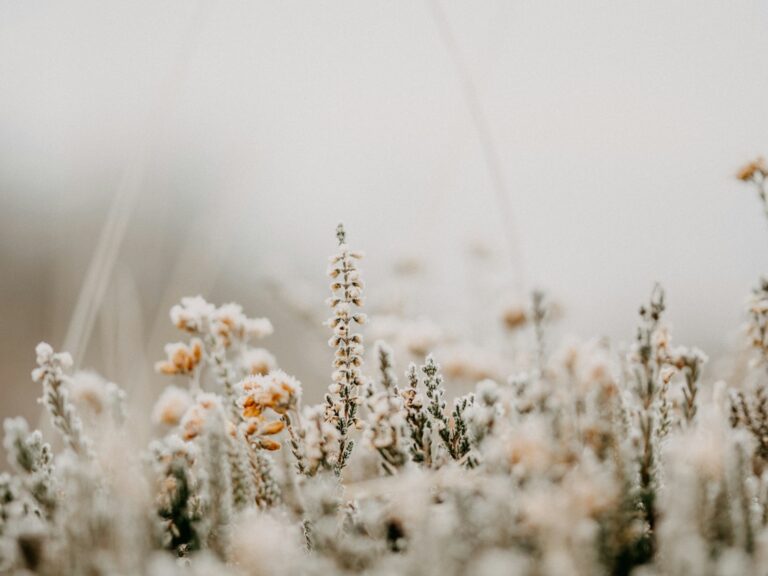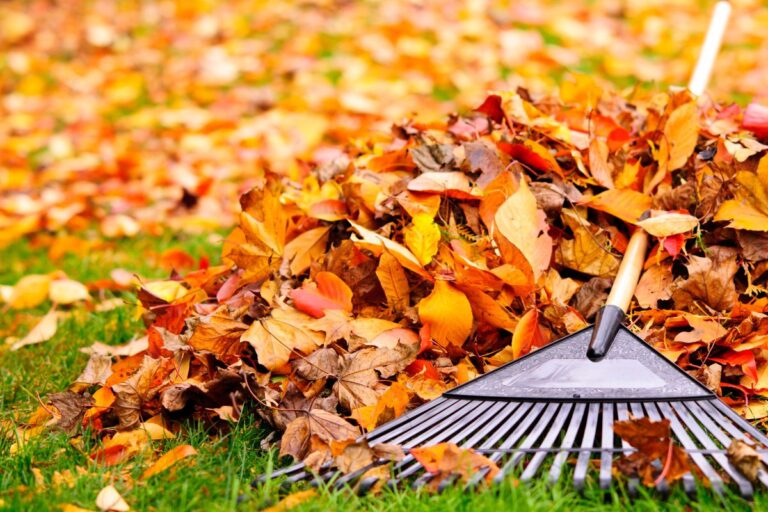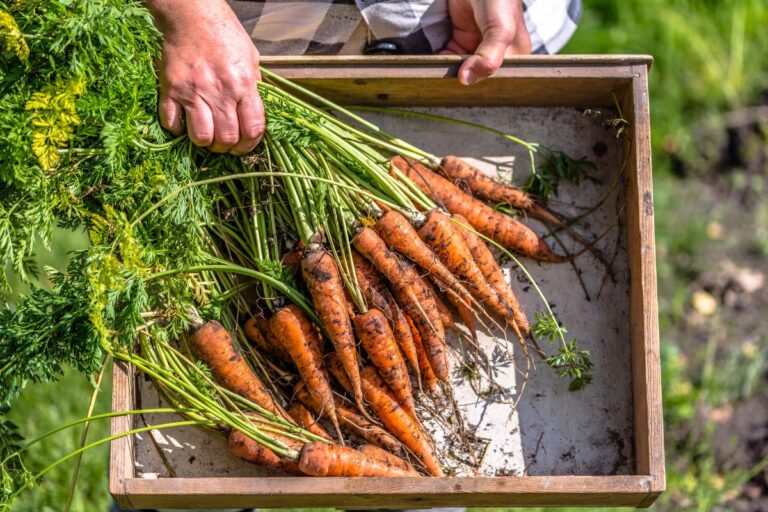Easy DIY Bird Feeders to Attract Wildlife to Your Garden This Spring
If you want to invite more birds and wildlife into your garden without spending much money or time, making your own bird feeders is a simple and rewarding way to do it. Easy DIY bird feeders can be crafted from everyday materials and natural items, helping you attract different bird species while supporting local wildlife.
You don’t need special skills or tools to create feeders that birds will love. From pinecones coated in seed to recycled bottles turned into feeders, you can quickly set up spots for birds to find food and enjoy your outdoor space. These projects are also great if you want to involve kids in nature activities.
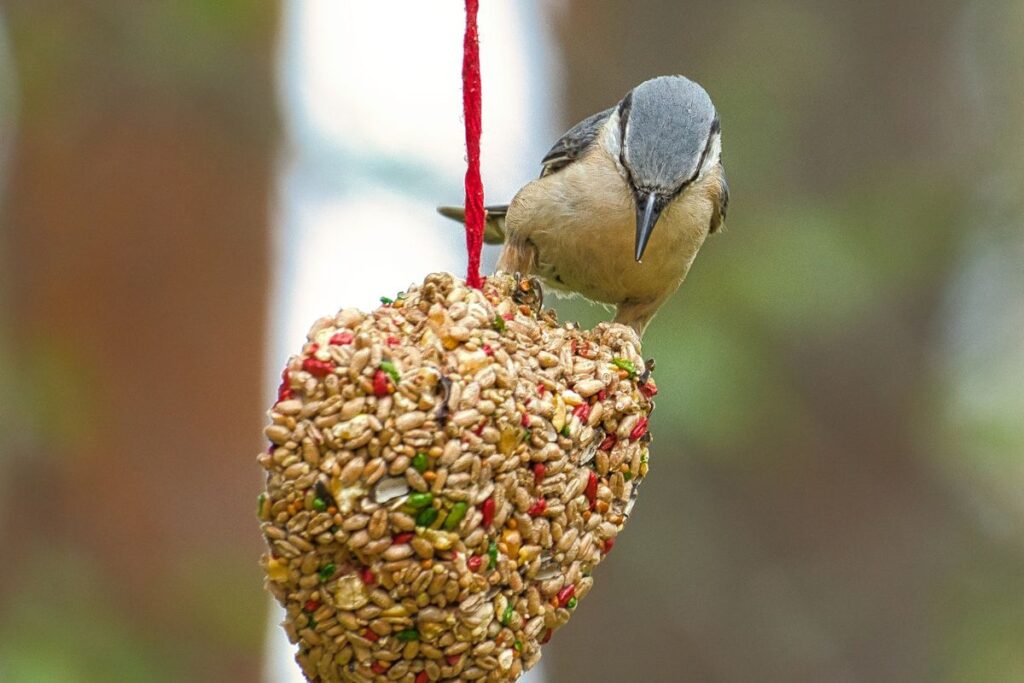
Making bird feeders yourself lets you customize what you offer, choosing seeds and shapes suited to the birds in your area. By adding just a few feeders, you’ll notice more activity and color in your garden, making the time spent outside more enjoyable.
Essential Materials and Tools
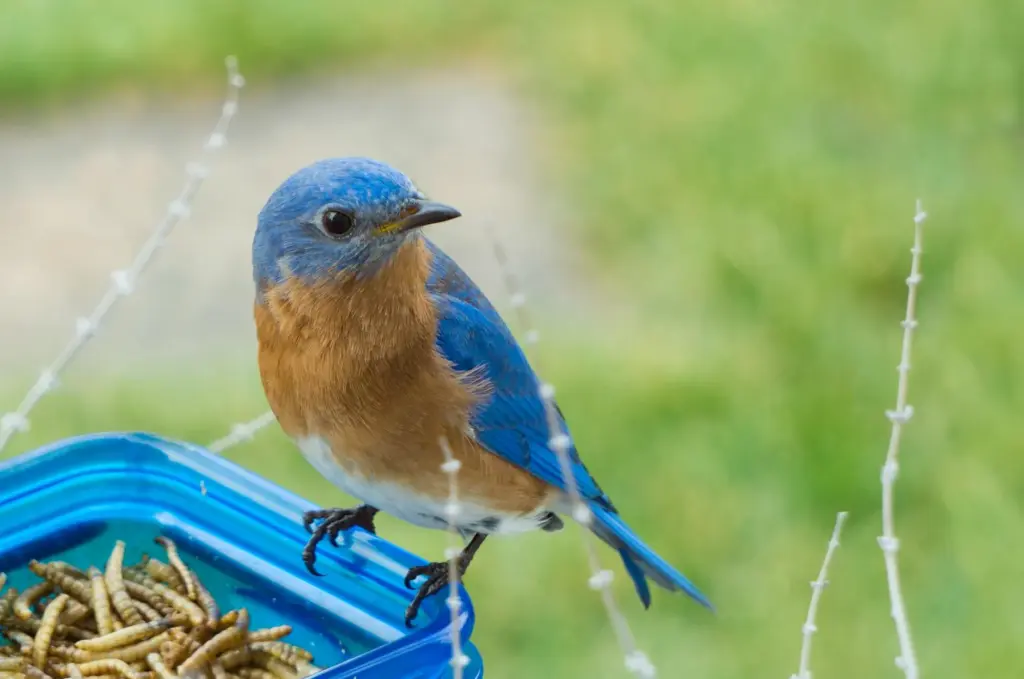
To build bird feeders that work well and last, you’ll need a few basic materials and tools. Selecting the right supplies and keeping eco-friendly choices in mind will make the process smoother. Safety should also be a priority while crafting.
Choosing the Right Supplies
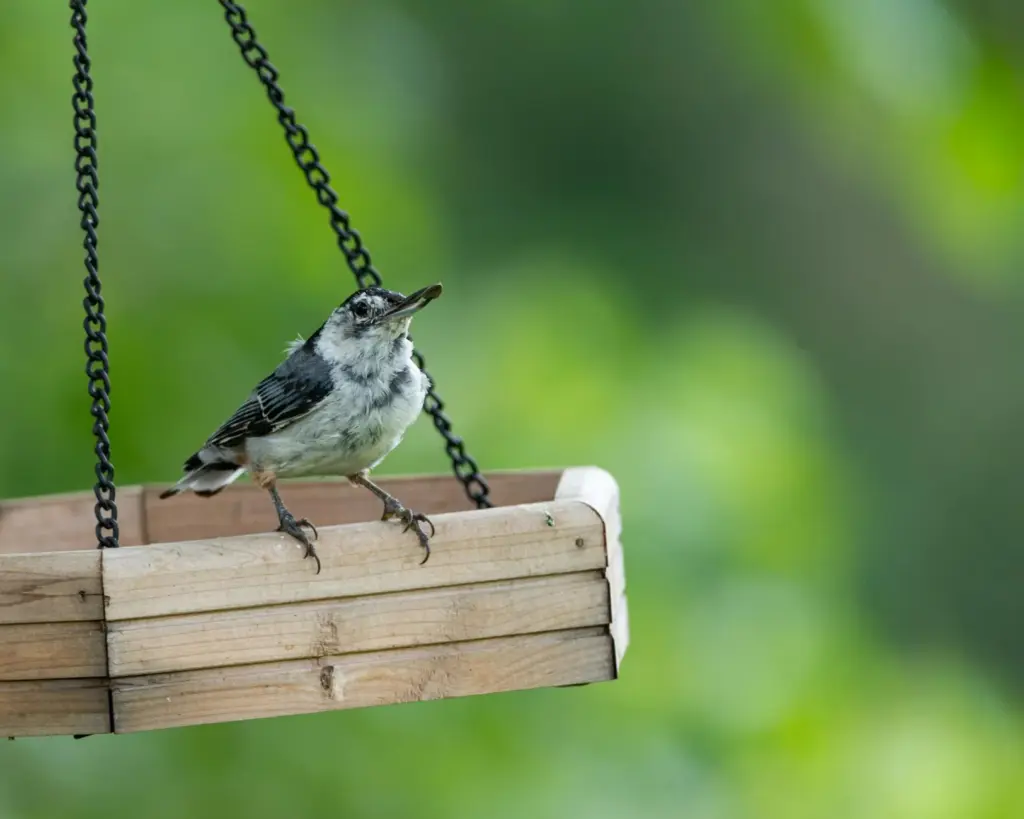
Start with sturdy, weather-resistant materials like untreated pine boards or cedar if you want a wooden feeder. These woods hold up well outdoors without chemicals that could harm birds.
For simpler projects, items like empty milk cartons, 2-liter soda bottles, or small wooden dowels work perfectly. You’ll also want screws, nails, or strong glue to secure parts.
Don’t forget birdseed suitable for your local wildlife. Common choices include sunflower seeds, millet, and cracked corn.
Basic tools such as a hammer, screwdriver, scissors, and a hand saw will help you assemble your feeder quickly and safely.
Eco-Friendly and Upcycled Options
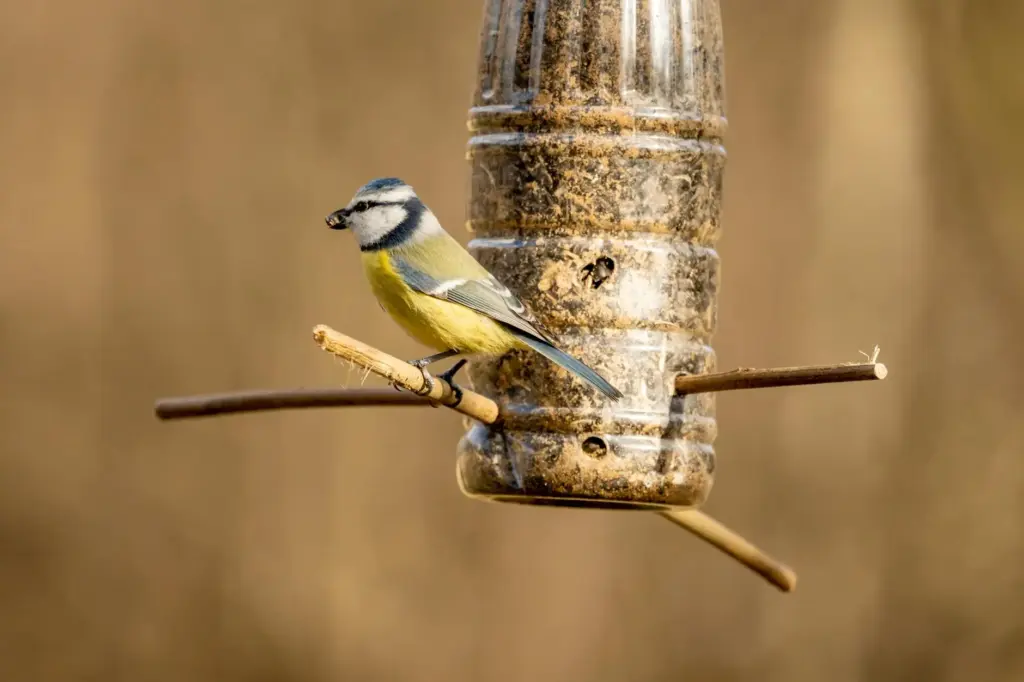
Using recycled or natural materials is a great way to reduce waste and save money. Old containers like juice cartons or plastic bottles can be turned into bird feeders with little modification.
You can decorate feeders with non-toxic paints or natural decorations like pinecones and sticks. Thrifted wood or scrap pieces make excellent building material.
Choosing recycled materials also means less impact on the environment, plus it often adds a creative, unique style to your feeders.
Safety Tips and Best Practices
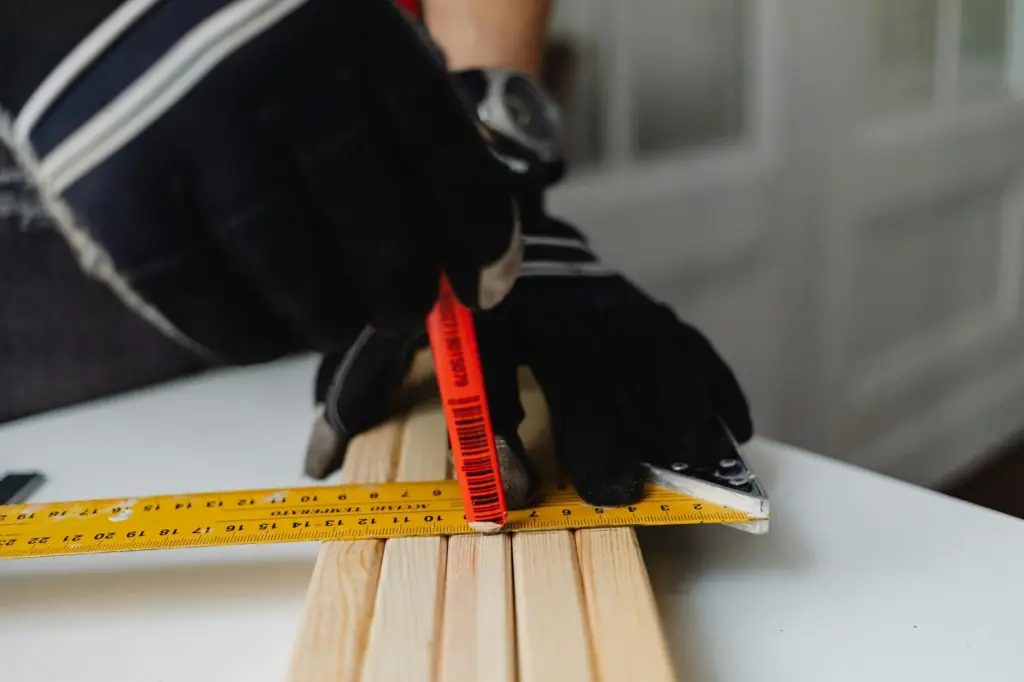
Always wear gloves and eye protection when cutting or nailing wood to avoid injuries. Make sure tools are in good condition and suitable for the task.
Avoid treated or painted wood unless you know it’s bird-safe, as chemicals could hurt wildlife.
Smooth down rough edges and nails to protect birds from splinters or scratches.
Keep your feeders clean by regularly removing old seed and debris. This helps prevent disease spread among visiting birds.
When hanging feeders, place them away from predators like cats and in spots visible enough for you to enjoy watching your feathered visitors.
Simple Bird Feeder Designs
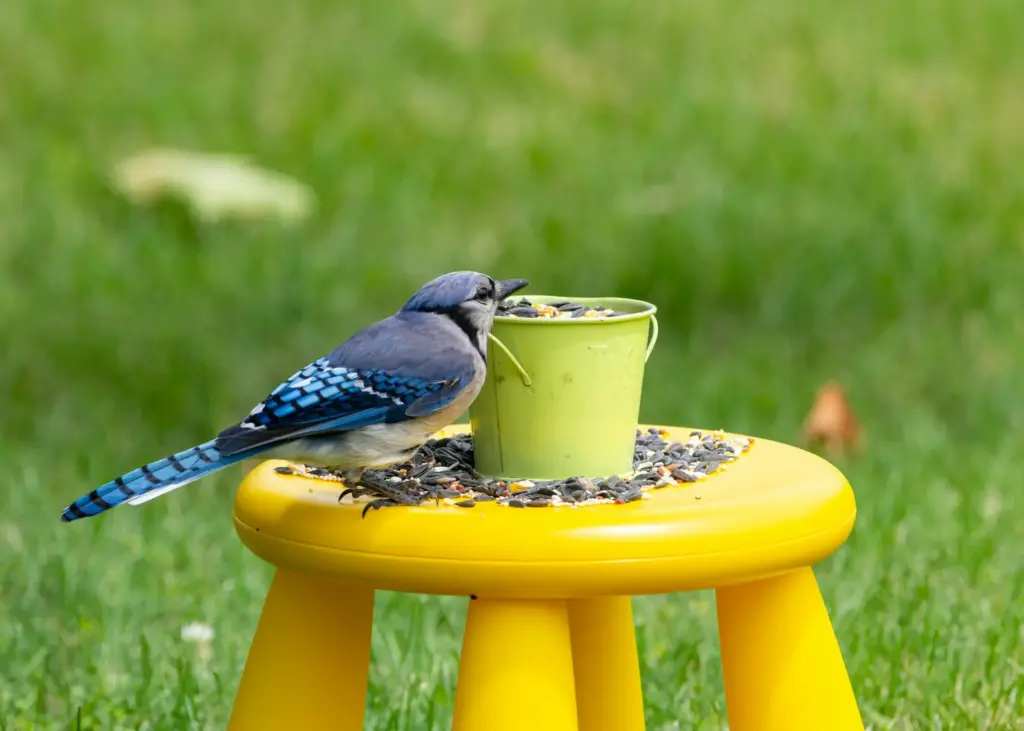
You can create bird feeders using everyday materials that provide easy access to food for local birds. These designs require minimal supplies and offer good shelter or feeding spots. They are practical for attracting a variety of bird species to your garden.
Pinecone Bird Feeders

To make pinecone bird feeders, start with a clean, dry pinecone. Coat the pinecone with a thick layer of peanut butter or suet, making sure to get it into all the crevices. Then, roll the sticky pinecone in birdseed until it is well covered.
Tie a string securely around the top of the pinecone for hanging. Hang it from a tree branch or a hook in your garden. This feeder attracts small birds like finches and chickadees.
Because pinecones are biodegradable and easy to replace, this option is eco-friendly and great for kids to help with. It’s also low cost and needs little maintenance.
Bottle and Jar Feeders
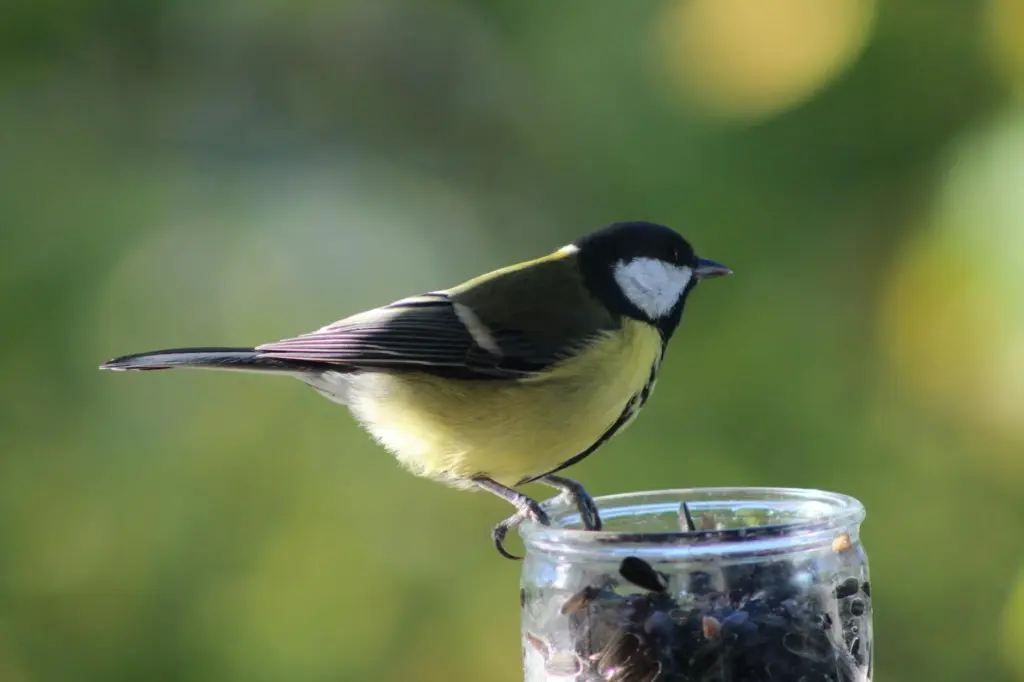
You can repurpose bottles or jars into bird feeders by drilling holes for seed access and a perch. Use a small wooden dowel or stick as the perch just below the feeding holes to give the birds a place to land.
Fill your container with mixed birdseed. Hang it with twine, wire, or hook it on a sturdy surface. Transparent containers make it easy to check seed levels.
Make sure to clean your feeder regularly to prevent mold and bacteria buildup. This type of feeder is durable, weather-resistant, and attractive to a variety of birds, including sparrows and nuthatches.
Orange Peel Feeders

Cut an orange in half and scoop out the fruit, leaving the peel intact. You can use the hollowed-out halves as natural bowls for seeds or suet cakes.
Attach a string or wire to hang the orange peel feeder from a branch. You can also place it on a flat surface near shrubs for birds to feed comfortably.
This feeder works well for attracting small birds like wrens and warblers. The bright color also adds a splash of natural decoration to your garden while offering a biodegradable feeding option.
Creative DIY Bird Feeder Projects
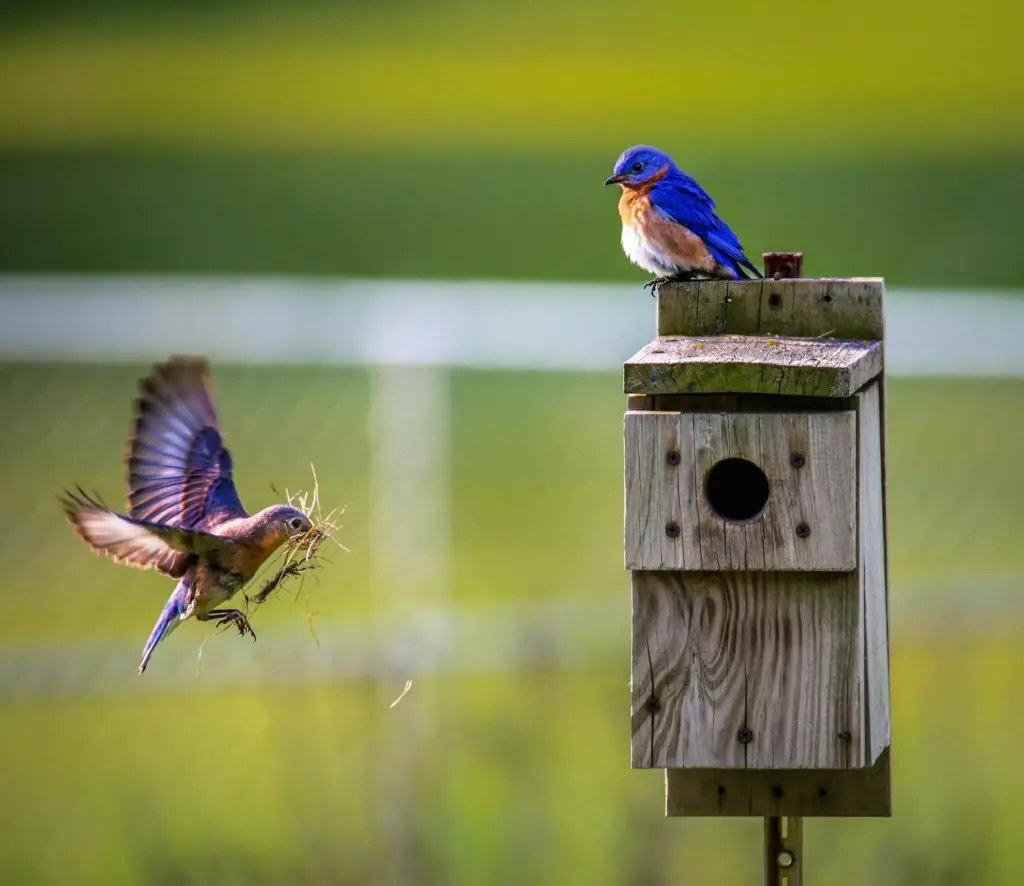
You can create bird feeders using simple household items that offer both function and charm. These projects add a unique touch to your garden and are easy to assemble with minimal supplies. Each option attracts different types of birds, so you can experiment to see what works best in your area.
Tea Cup and Saucer Feeders

Using a vintage or mismatched tea cup and saucer is an easy way to make an elegant bird feeder. Secure the cup upside down on the saucer with strong waterproof glue or twist ties.
Fill the saucer with birdseed or suet. Hang the feeder using a sturdy wire or ribbon threaded through the cup handle.
The shallow saucer allows small birds to perch while feeding. This feeder works well for finches, sparrows, and chickadees.
Its delicate look doubles as garden decor, making it perfect if you want something pretty and practical.
Cereal Garland Feeders
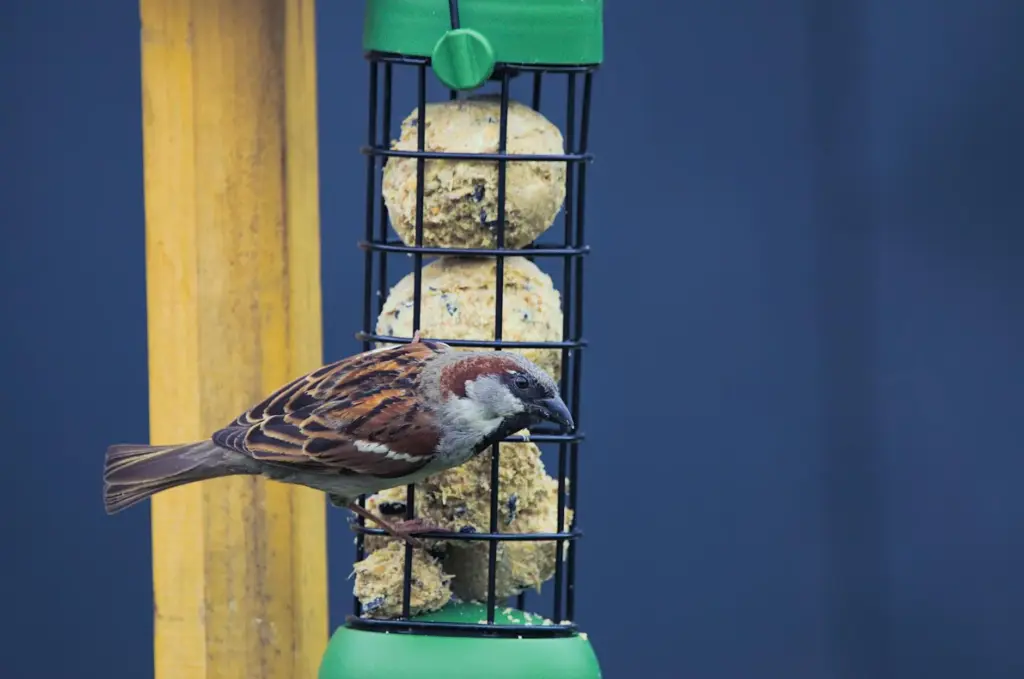
To make a playful and budget-friendly bird feeder, string together loops of cereal like Cheerios or Froot Loops using strong thread or fishing line.
Tie the ends into a circle or create strands to hang vertically. Drape the garland on tree branches or shrubs.
This feeder is great for small seed-eating birds such as finches and nuthatches. The lightweight design is easy to hang anywhere.
Because the cereal is edible, the birds get a quick snack, but you will need to replace it regularly to avoid mold. This project is fun for kids to make.
Milk Carton Feeders

A milk carton converts into a sturdy bird feeder with minimal alterations. First, cut openings on two opposite sides, about 4 inches wide and 3 inches high, leaving a small perch under each hole for birds to land on.
Rinse the carton thoroughly, then decorate its exterior with waterproof paint or stickers for a personalized touch.
Fill the carton with mixed birdseed through the top after removing the cap. Hang it from a tree limb or hook using a wire or string threaded through holes punched near the top.
This feeder attracts a variety of birds, including cardinals and woodpeckers, due to its spacious feeding area. It’s also weather-resistant and ideal for year-round use.
How to Attract More Wildlife to Your Garden

Attracting more wildlife involves offering the right food, placing feeders smartly, and providing reliable water and shelter. These steps help create a welcoming environment for birds and other creatures throughout the year.
Choosing Birdseed and Food Types

Selecting the appropriate birdseed is key to attracting specific bird species. Black oil sunflower seeds are favored by many birds such as goldfinches, blue tits, and sparrows because of their high fat content and thin shells.
You can also offer peanuts, nyjer seed, and suet to appeal to different birds. Avoid seeds that aren’t native or healthy for your local wildlife. Providing a variety of foods supports a wider range of species.
Don’t forget to include fresh fruits or mealworms if you want to attract insect-eating birds. Offering unprocessed nuts and seeds makes your garden a reliable feeding spot through changing seasons.
Feeder Placement Strategies
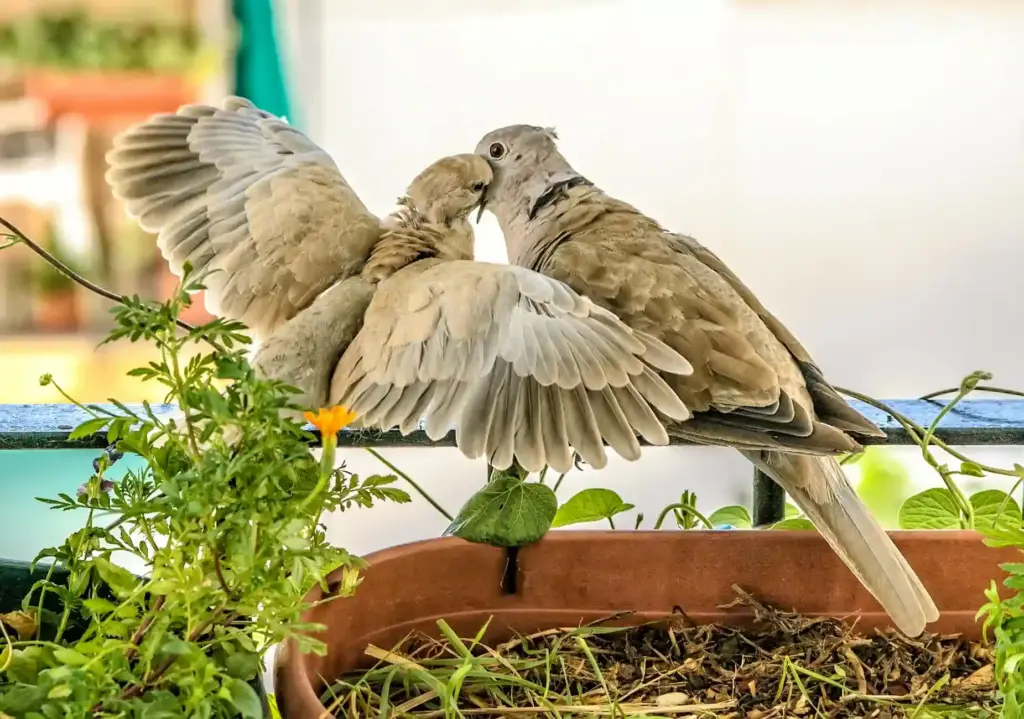
Place your feeders where birds feel safe but can easily spot approaching predators. Ideally, feeders should be near trees or shrubs that provide cover.
Make sure to keep feeders at least 10 feet away from windows to reduce bird collisions. Positioning some feeders at different heights caters to various bird species’ feeding habits.
Avoid overcrowding feeders too closely. Spread them out across your garden to accommodate more birds comfortably and reduce competition.
Providing Water and Shelter
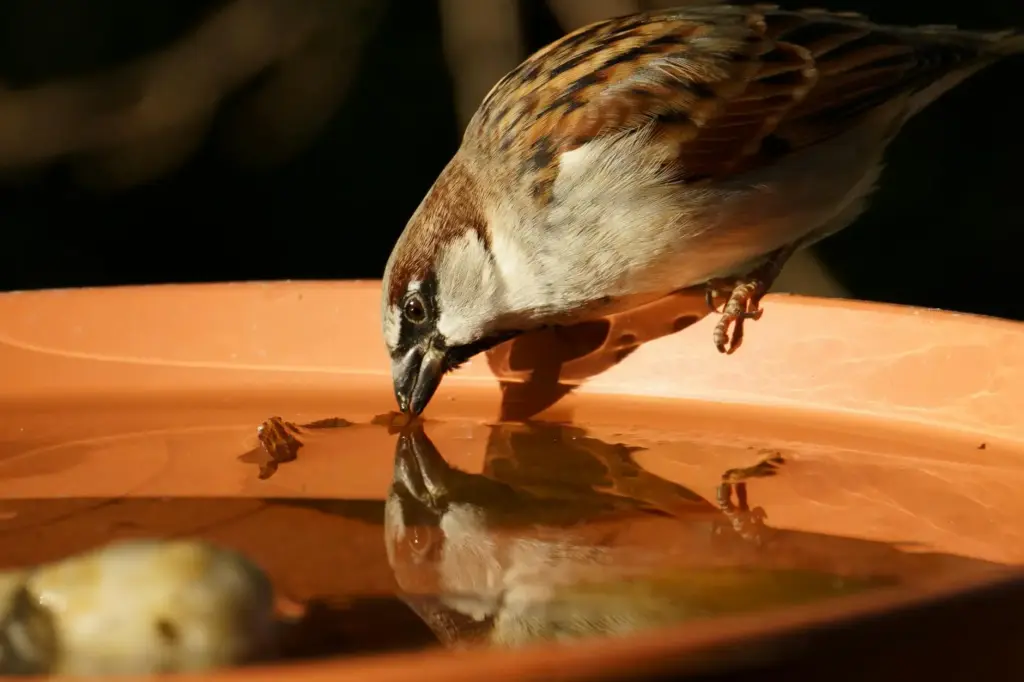
Water is essential year-round. A bird bath or shallow dish filled with clean water attracts birds for drinking and bathing.
Change the water frequently to prevent mosquitoes and keep it fresh. In colder months, a heated bird bath can ensure water availability when natural sources freeze.
For shelter, plant native shrubs and trees. Dense foliage offers protection from weather and predators. You can also create leaf piles or brush heaps as natural hiding spots.
Combining food, water, and shelter will help you support a thriving wildlife habitat in your garden.
Maintenance and Seasonal Care
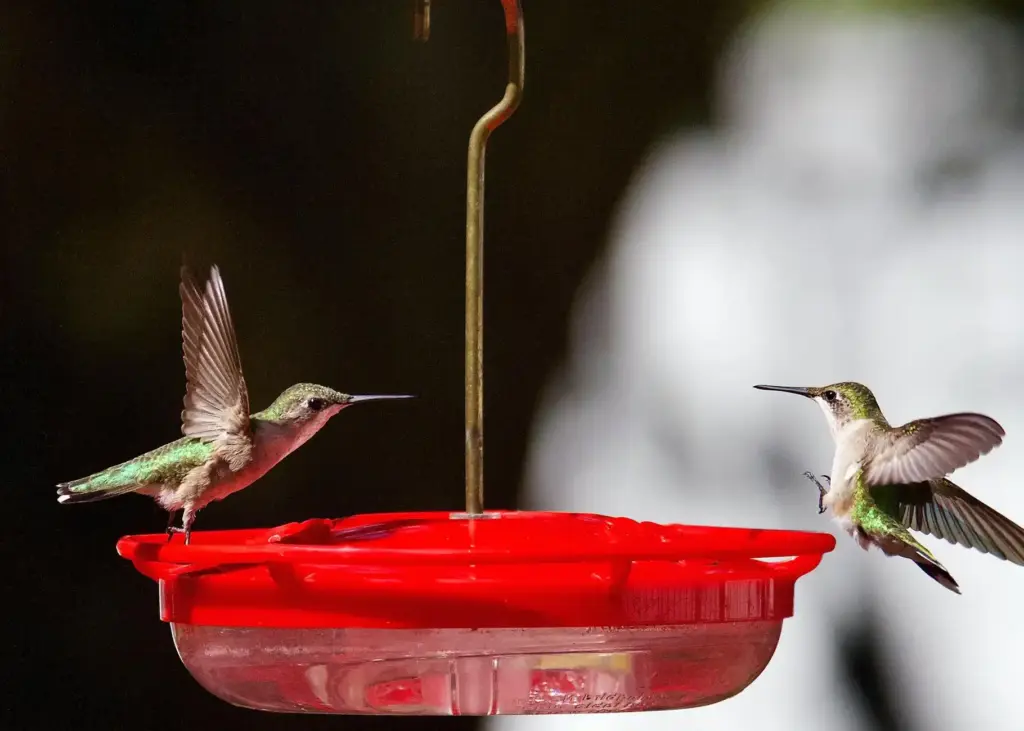
Keeping your bird feeders clean, safe, and suitable for changing weather will help you attract more birds and keep them healthy. You’ll need to clean and refill feeders regularly, protect the feeders from pests and predators, and adjust the setup as the seasons change.
Cleaning and Refilling Feeders

Clean your feeders at least once every two weeks to prevent mold and disease. Use warm soapy water or a diluted bleach solution (1 part bleach to 9 parts water) and rinse thoroughly. Avoid harsh chemicals that can harm birds.
Refill feeders before they run out to keep birds from going hungry or visiting less safe areas. Keep seed dry and, if using suet or homemade mixes, replace them before they spoil or melt. Regularly check for damaged parts or moldy seeds.
Deterring Pests and Predators
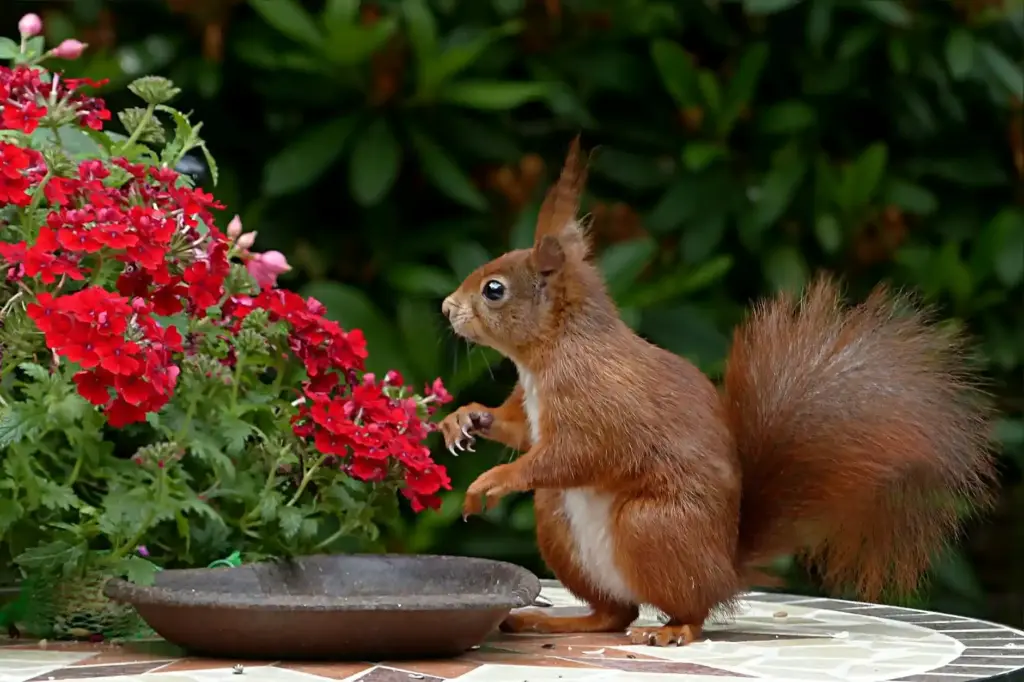
Pests like squirrels can quickly empty feeders or damage them. To deter squirrels, use baffles on poles and try feeders designed to be squirrel-resistant. Avoid leaving food on the ground, which attracts unwanted visitors.
Protect birds from cats and other predators by placing feeders at least 10 feet away from shrubs or places where predators can hide. Hanging feeders on thin wires or using shepherd’s hooks with squirrel baffles can improve safety.
Adapting Feeders for Different Seasons
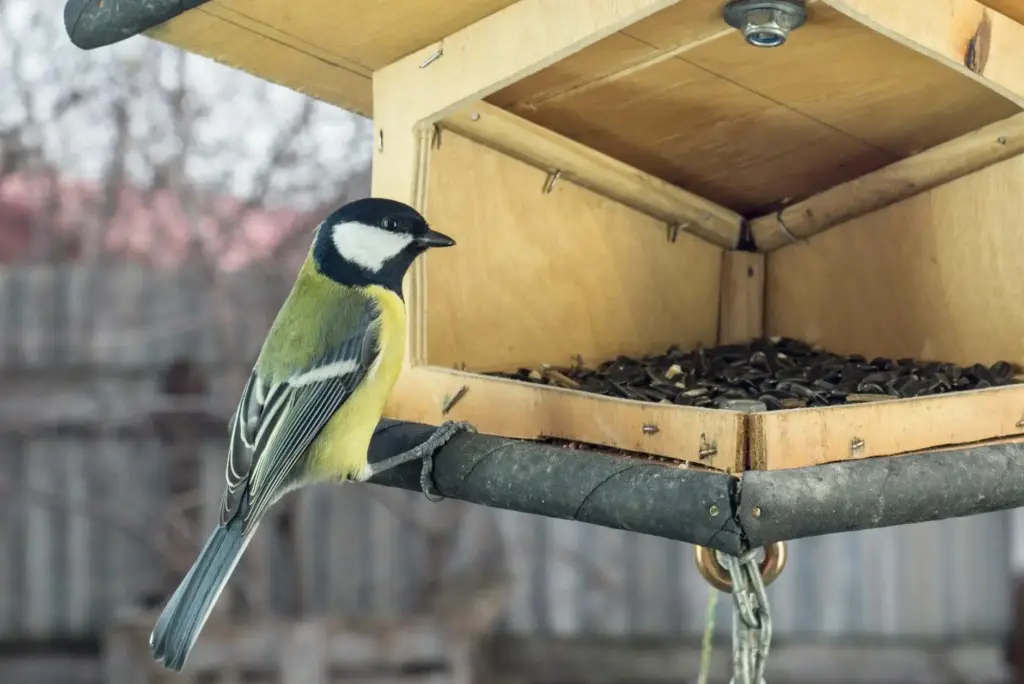
In colder months, use high-energy seeds like sunflower or safflower to help birds stay warm. Consider adding suet or nuts for extra calories. Keep water available if possible, as liquid water can be scarce in winter.
During warmer months, clean feeders more often to prevent mold and spoilage. Offer fruits, nectar, or mealworms if appropriate to attract a wider variety of species. Adjust feeder placement to provide shade during hot days and avoid overheating seeds.


